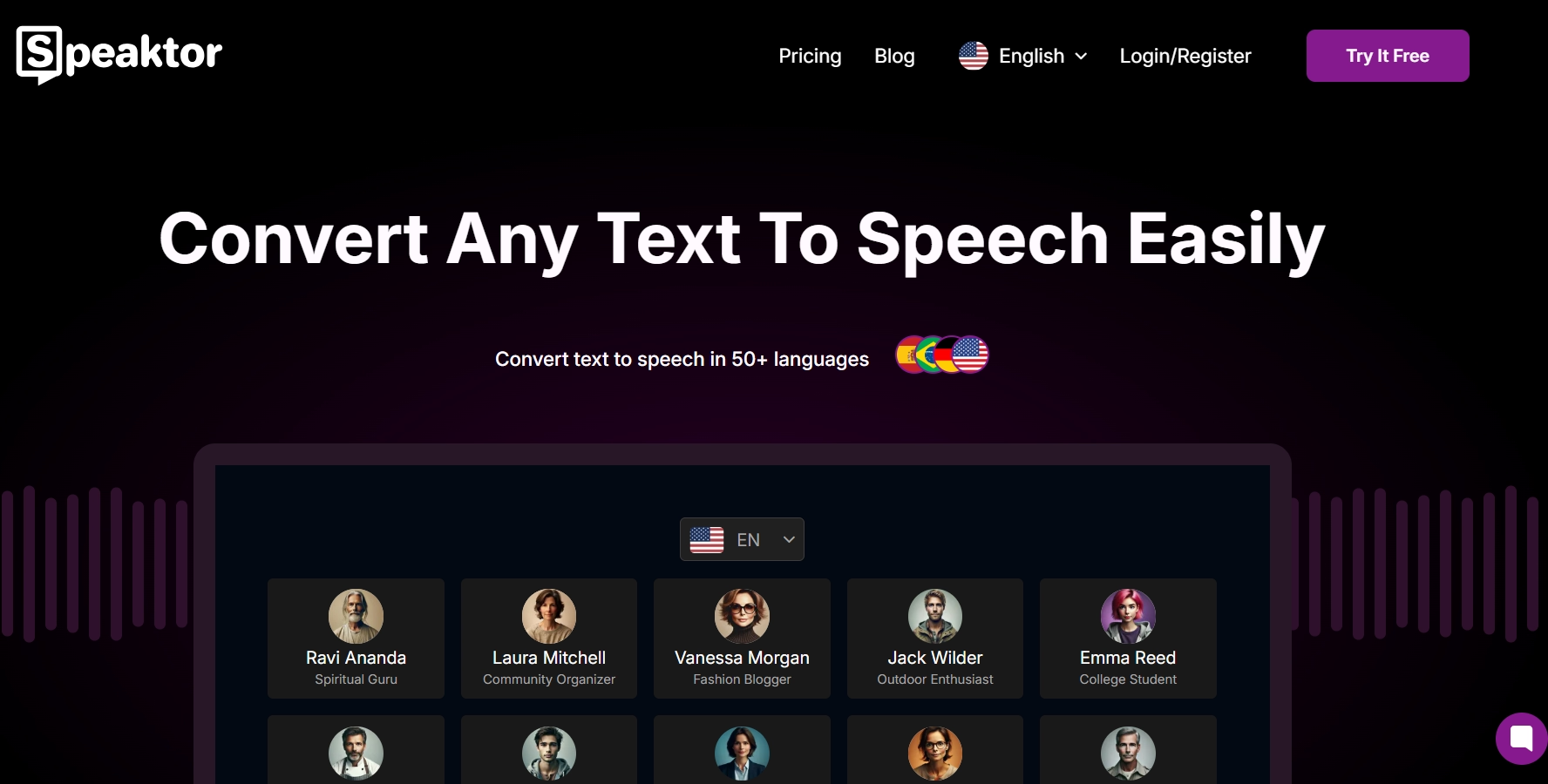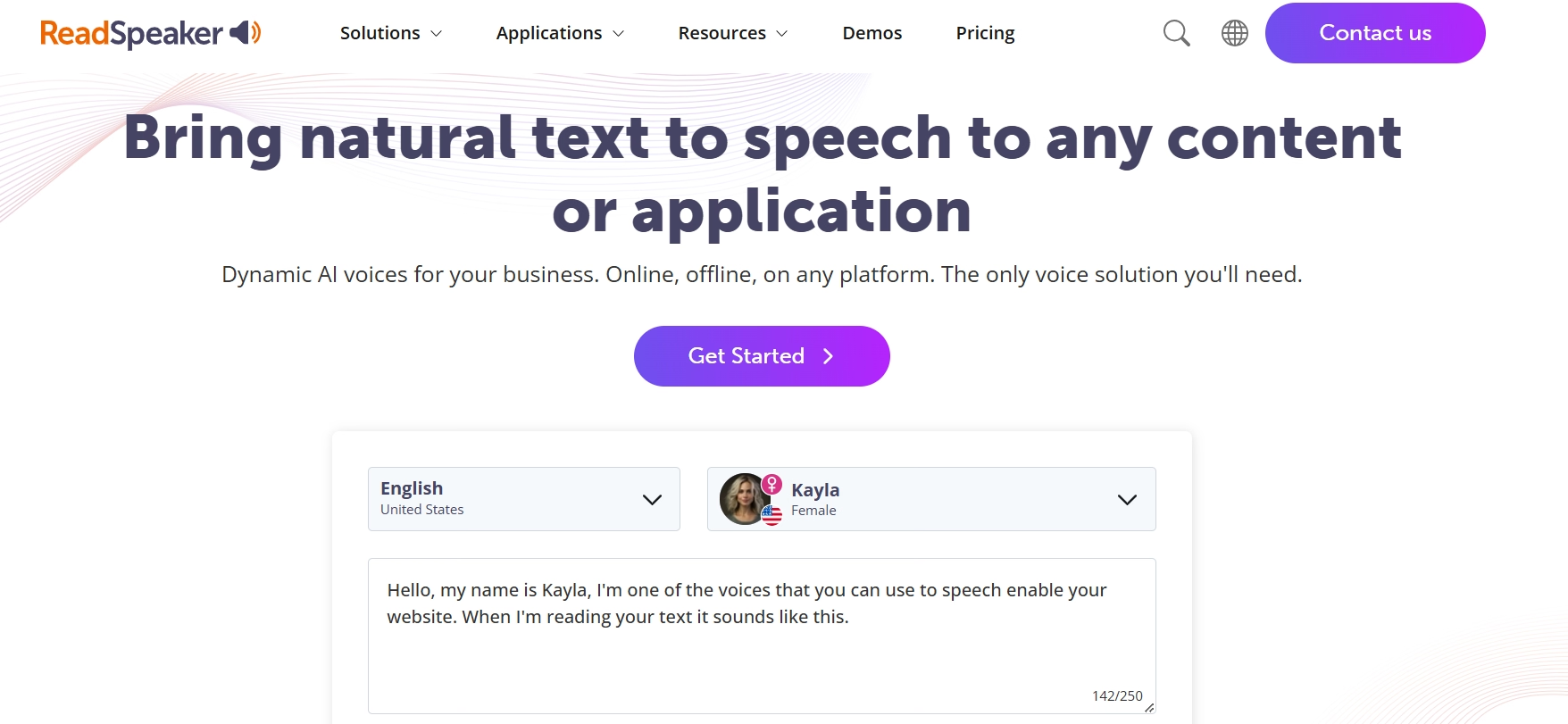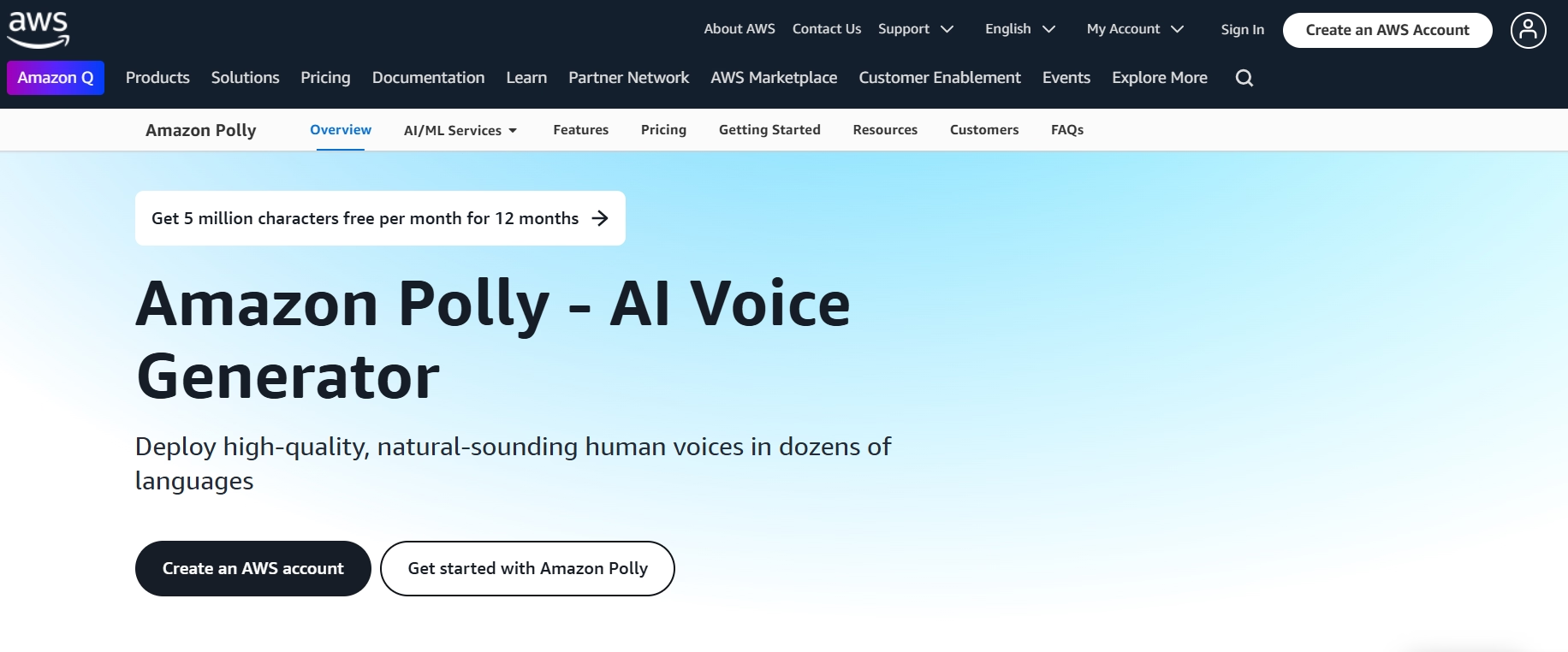In today's fast-paced digital world, the ability to consume content efficiently has become increasingly crucial. With growing screen time leading to digital fatigue, professionals and content consumers are actively seeking alternatives to traditional reading. Web page narration has emerged as a powerful solution, transforming how we interact with online content by converting text into natural-sounding speech.
In this comprehensive guide, we'll explore the world of web page narration, examining its benefits, essential features, and top solutions available in the market. You'll learn how text-to-speech technology is revolutionizing content consumption, improving accessibility, and boosting productivity across various professional settings.

Understanding Web Page Narration
The concept of web page narration, also known as text-to-speech online, represents a significant advancement in digital content accessibility. This technology goes beyond simple screen reader software, offering sophisticated features that make content consumption more natural and efficient. Modern web page narrators utilize advanced artificial intelligence and machine learning algorithms to understand context, maintain natural flow, and deliver content in a way that closely mimics human speech patterns.
A read web page aloud software transforms written text into spoken words, allowing users to listen to articles, documents, and other online content while multitasking or resting their eyes. This technology has evolved significantly, moving from robotic-sounding voices to natural, human-like speech that enhances the listening experience. The transformation has been particularly impactful in professional settings, where the quality of narration can significantly influence comprehension and engagement with the content.
Benefits of Converting Text to Speech
The advantages of using a website reader extend far beyond basic convenience:
Enhanced Website Accessibility:
- Makes content available to visually impaired users
- Supports users with reading difficulties or learning disabilities
- Provides alternative content consumption methods for diverse needs
Improved Productivity:
- Enables multitasking while consuming content
- Reduces eye strain from extended screen time
- Accelerates content consumption through audio format
Language Learning Support:
- Helps with pronunciation and comprehension
- Facilitates learning multiple languages
- Provides authentic speech patterns for language learners
Essential Features of Web Page Narrators
Modern webpage voice reader technology has evolved to offer sophisticated features that enhance the user experience. Understanding these key features helps in selecting the right solution for your needs.
Natural Voice Quality
The quality of voice output is crucial for effective content consumption. Today's advanced web page reading assistant solutions offer:
- Human-like pronunciation and intonation
- Natural speech patterns and rhythm
- Emotional expression in voice delivery
- Clear and consistent audio output
Modern text-to-speech technology utilizes sophisticated AI algorithms to analyze and replicate human speech patterns, ensuring that the narration sounds natural rather than robotic. This advancement has made it possible for users to listen to content for extended periods without the fatigue that typically comes from mechanical-sounding voice output.

Language Support
In our globalized world, multilingual support has become essential. Leading solutions offer:
- Support for multiple languages and accents
- Regional pronunciation variations
- Cultural adaptations in speech patterns
- Cross-language translation capabilities
The ability to accurately handle multiple languages goes beyond simple translation. Advanced narration tools understand language-specific nuances, including tone modulation, pause patterns, and cultural expressions. This sophisticated handling of different languages ensures that content remains authentic and engaging regardless of the target language.
File Format Compatibility
Versatile format support ensures broader usability across different content types:
- PDF document conversion
- Word document support
- Plain text processing
- Web page direct reading capabilities
The importance of format compatibility extends to maintaining document formatting and structure during conversion. Advanced web page narrators can intelligently interpret different document layouts, tables, and embedded content, ensuring that the audio output follows a logical sequence that maintains the original content's context and meaning.
Top Web Page Narration Solutions
When it comes to professional web page narration tools, several solutions stand out in the market. Let's examine the leading options available today.

Speaktor: Best Text-to-Speech Solution
Speaktor represents the pinnacle of professional web page narration technology, combining advanced features with intuitive usability. Built for both individual professionals and enterprise teams, it delivers exceptional voice quality while maintaining the flexibility needed for diverse content requirements. The platform's sophisticated architecture ensures that every piece of content is converted with precision and natural-sounding speech patterns.
The platform's workspace organization and team collaboration features make it an ideal solution for organizations of any size, while its support for multiple file formats ensures seamless integration into existing workflows. With its ability to handle various content types and deliver consistently high-quality audio output, Speaktor addresses the complex needs of modern content consumption.
Superior Voice Quality:
- Natural-sounding speech in over 50 languages
- Multiple voice options for diverse content needs
- Professional-grade audio output quality
- Clear pronunciation and intonation
File Format Flexibility:
- Support for PDF, TXT, and DOCX files
- Easy upload and conversion process
- Flexible download options in MP3 or WAV formats
- Timestamp support for precise text tracking
Enterprise Features:
- Secure workspace organization
- Role-based access control
- Team collaboration capabilities
- Centralized file management
Alternative Solutions
While Speaktor leads in professional text-to-speech capabilities, other solutions, such as web content narrators in the market, offer various features to meet different needs. Let's examine some notable alternatives and their distinct characteristics:

ReadSpeaker delivers enterprise-focused text-to-speech solutions with robust integration capabilities. While it provides reliable performance for business applications, users should consider its higher price point and limited language options compared to more comprehensive solutions.
ReadSpeaker Features:
- Enterprise-focused solution
- Integration capabilities
- Limited language options
- Higher price point
NaturalReader focuses on providing a simplified experience for individual users. While it offers an accessible entry point for basic text-to-speech needs, its limited feature set may not suit more demanding professional requirements.
NaturalReader Features:
- Consumer-oriented features
- Basic voice options
- Limited file format support
- Simplified interface

Amazon Polly caters primarily to developers looking to integrate text-to-speech capabilities into their applications. While powerful, it requires technical expertise and may not be suitable for users seeking a ready-to-use solution.
Amazon Polly Features:
- Developer-centric approach
- API-based integration
- Technical expertise required
- Pay-as-you-go pricing
Google Text-to-Speech provides basic text-to-speech functionality as part of Google's cloud services. While it offers reliable performance, its limited customization options and developer-focused approach may not meet the needs of non-technical users.
Google Text-to-Speech Features:
- Basic functionality
- Limited customization
- Integration-focused
- Developer-oriented
Maximizing Web Page Narration Success
To get the most out of web page narration technology, following best practices and optimization strategies is essential.
Best Practices for Implementation
Successful implementation of website text-to-speech converter solutions requires careful planning and ongoing optimization. Organizations should establish clear guidelines for content preparation and maintain consistent quality standards across all materials intended for narration.
The implementation process should focus on both technical and user experience aspects:
- Regular content updates and maintenance
- Proper formatting for optimal conversion
- Quality assurance testing
- User feedback integration
- Performance monitoring and optimization
- Accessibility compliance checking
Optimizing Content for Speech
Creating content that converts well to speech requires a deep understanding of both written and spoken communication principles. Writers and content creators must adapt their style to ensure their material translates effectively into audio format.
The optimization process involves several key considerations:
- Clear and concise writing
- Proper punctuation for natural pauses
- Structured formatting
- Consideration of audio flow
- Appropriate use of emphasis and tone markers
- A balance between technical accuracy and natural speech patterns
Content creators should also consider the specific needs of their audience and adjust their writing style accordingly. This might include using shorter sentences for technical content, incorporating clear section breaks for complex topics, and ensuring that visual elements are properly described for audio translation.
Future of Web Page Narration
The field of web page narration continues to evolve rapidly, with new technologies promising even more sophisticated and natural speech synthesis. Artificial intelligence and machine learning are driving innovations that were previously thought impossible, creating more personalized and engaging audio experiences.
Advanced features being developed include:
- AI-powered voice customization
- Emotional speech synthesis
- Real-time translation capabilities
- Enhanced natural language processing
- Neural network-based voice generation
- Context-aware content adaptation
- Automated accent and dialect handling
Conclusion
Web page narration has revolutionized how we consume digital content, offering a powerful solution to modern challenges like screen fatigue and time constraints. Throughout this guide, we've explored the essential features and capabilities that make text-to-speech technology an invaluable tool for professionals, educators, and content consumers alike, from enhanced accessibility to improved productivity and language learning support.
From natural voice quality and extensive language support to enterprise-grade security and team collaboration features, Speaktor stands out as a comprehensive solution that meets the diverse needs of today's users. Ready to experience professional-grade web page narration? Try Speaktor today and discover how advanced text-to-speech technology can transform your content consumption experience.


